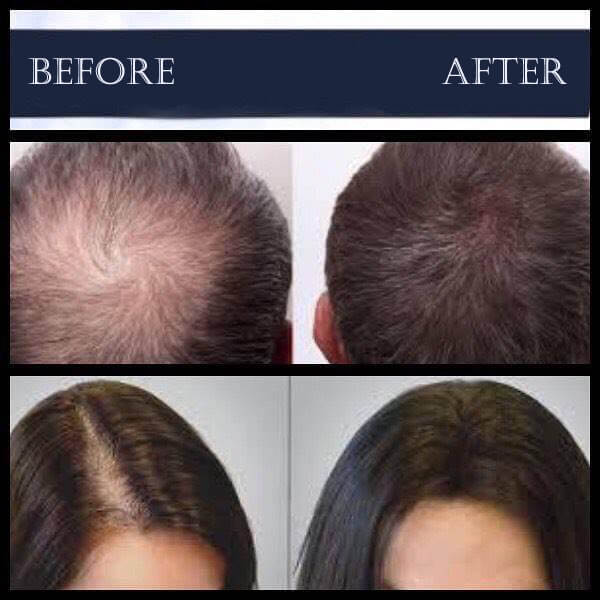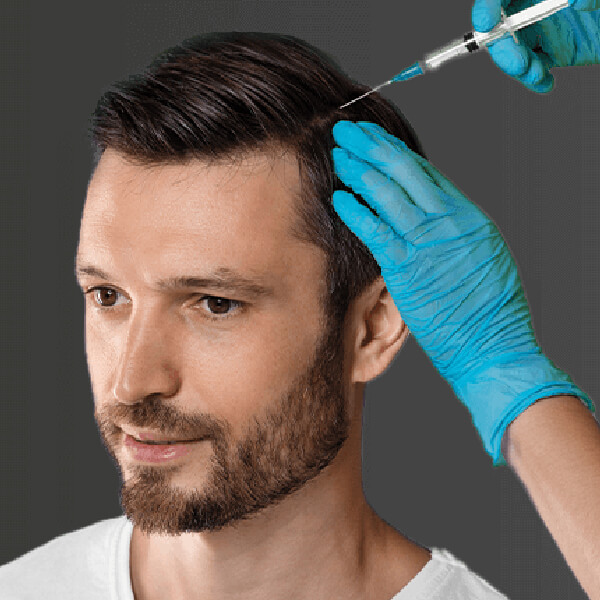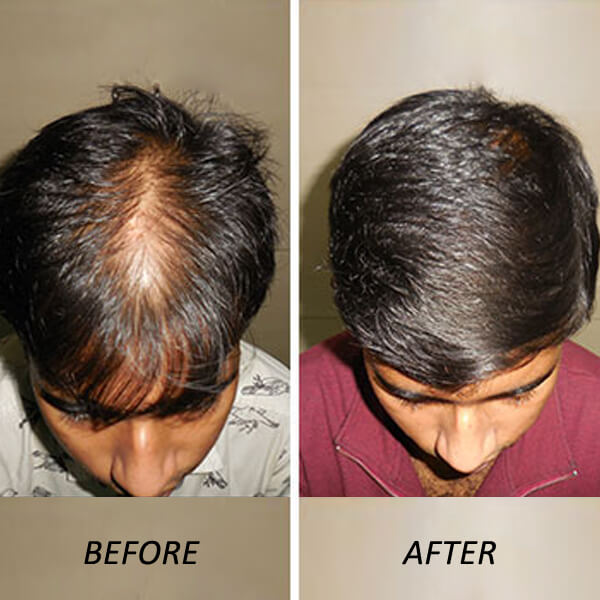1. **Who is a good candidate for a hair transplant?**
– Good candidates for hair transplants are individuals with stable hair loss, sufficient donor hair, and realistic expectations. The best way to determine eligibility is through a consultation with a qualified surgeon.
2. **How long does a hair transplant procedure take?**
– The duration varies depending on the method and the extent of the transplant. Generally, it can take anywhere from a few hours to a full day.
3. **Is a hair transplant a painful procedure?**
– Local anesthesia is used during the procedure, so patients typically experience minimal discomfort. There might be some mild pain or soreness in the days following the surgery, which can be managed with pain medications.
4. **What is the recovery period like?**
– Recovery time varies, but most people can return to work within a few days. The transplanted hair may fall out initially, but new growth usually begins within a few months.
5. **Are there any side effects or risks associated with hair transplants?**
– Like any surgical procedure, there are potential risks, including infection, scarring, and unnatural-looking results. It’s important to follow post-operative care instructions to minimize these risks.
6. **How much does a hair transplant cost?**
– The cost varies widely based on factors such as the extent of hair loss, the method used, and the geographic location of the clinic. It’s essential to get a detailed cost estimate during the consultation.
7. **Can a hair transplant be done on other parts of the body, like the eyebrows or beard?**
– Yes, hair transplants can be performed on various body parts, including the eyebrows, beard, and chest, to restore or enhance hair density.
8. **How long does it take to see the final results of a hair transplant?**
– The final results can take several months to a year. Patience is key as the transplanted hair goes through its natural growth cycle.
9. **Are the results of a hair transplant permanent?**
– Hair transplants use permanent hair from the donor area, making the results relatively permanent. However, the natural aging process can continue to cause hair thinning in other areas.
10. **Can I cut or style my transplanted hair like natural hair?**
– Yes, once the transplanted hair has grown in, it can be cut, styled, and treated just like the rest of your hair.
11. **Can I undergo multiple hair transplant procedures?**
– In some cases, multiple sessions may be required to achieve the desired density, especially if hair loss continues. However, it’s crucial to discuss this with your surgeon to ensure a safe and effective approach.













